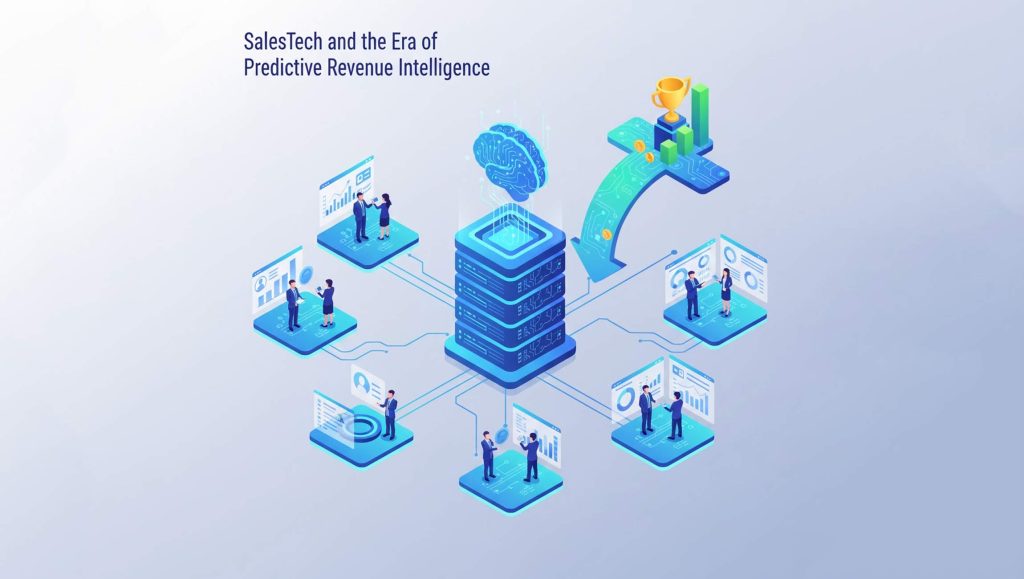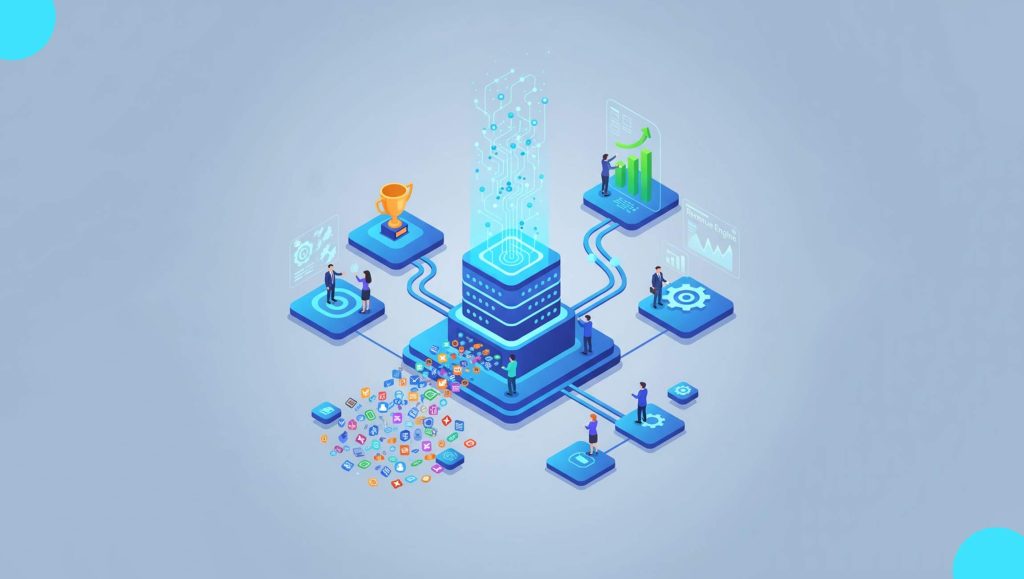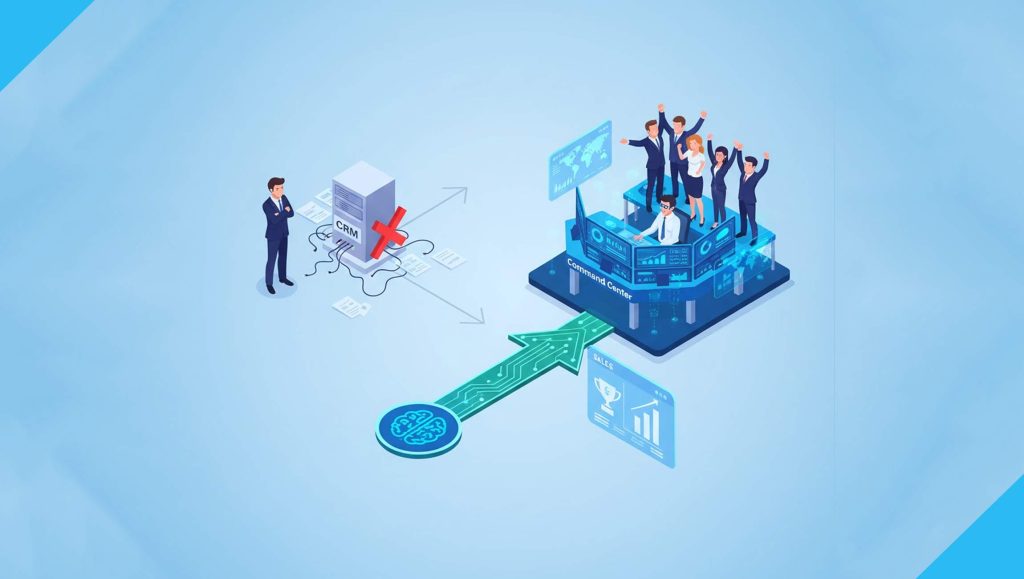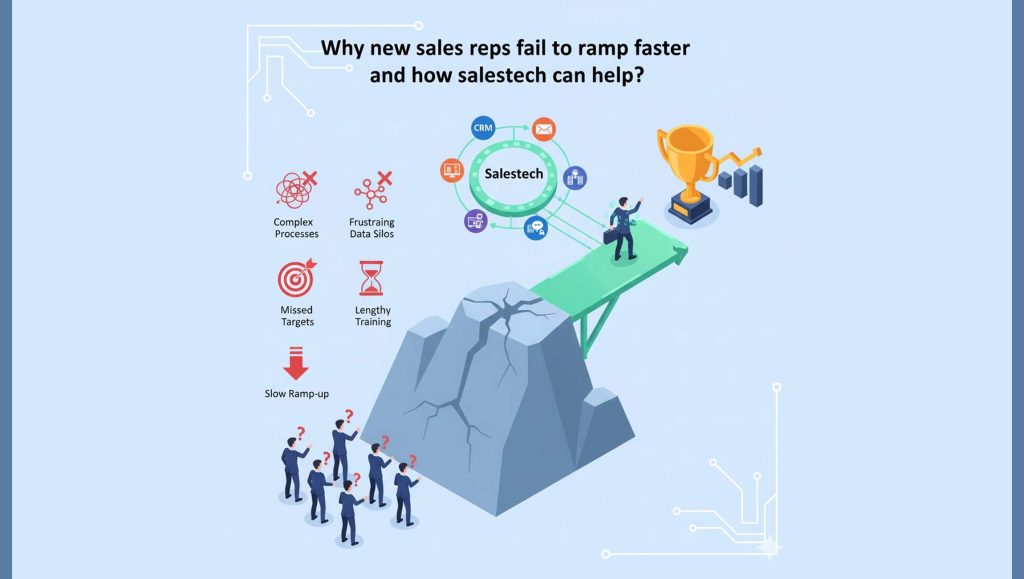The shift to working from home because of an ongong pandemic has caused further distancing of teams and if not kept in check, this can create future silos that can create a negative impact on team alignment. Alan Neal, Chief Growth Officer at SoftwareReviews shares more on the topic in this chat with SalesTechStar:
____
Can you tell us a little about yourself Alan? How has your journey at SoftwareReviews been?
I started with SoftwareReviews about 6 months ago and dove right in…aside from joining right before the global pandemic, the journey has been amazing! With SoftwareReviews, I not only have a leading role in growing the organization itself, but I’m fully immersed in an environment where I get to work with B2B sales and marketing leaders, hear about their challenges, and then work with them to enhance their digital presence and grow their organization in an uncertain time.
Read More: SalesTechStar Interview with Brian Wool, Chief Revenue Officer at Stirista
How have you seen the B2B / Tech marketplace change or adapt to the new normal during the last few months? What are some of the biggest challenges you initially saw teams struggle with at the start of the lockdowns?
The biggest challenge that most B2B organizations have had to face during the “new normal” is the new working conditions. All of a sudden, we had to move from extremely collaborative work environments where colleagues, coaches, and support divisions were an arm’s length away, to a completely remote, self-managed environment. And this challenge is faced by not just the managers who are now trying to find ways to manage, motivate, monitor, and track their teams, but also by individuals themselves. Most people going into this didn’t see it as a long term issue and were faced with a new environment; challenges with kids at home, challenges with their “home office” location, having to operate differently with their colleagues, and even supporting other teams that they didn’t have to in the past. At the end of the day, even with everything that is going on, quotas and goals are still there, and it’s up to each team to adapt and find new ways to work through this new normal.
As businesses and the workforce move through the ongoing Covid-19 pandemic; there will be more change in the way companies and teams function and a change in what tools they choose to use to meet business goals. What are your top observations on these transforming tech adoption patterns in sales and marketing teams: what are the biggest changes you are seeing now? What are these teams wanting more of today (data driven insights / unified customer insights, etc).
There is an urgent need for a strongly integrated collaboration platform. Enabling and supporting constant collaboration is crucial to keeping these teams aligned and ensuring that goals are being met. In terms of what these teams are wanting more of – it’s the voice of the customer. Buyers are still out there, but they might be harder to come by. These teams are looking to move away from selling product features, they want to sell on value. A better understanding of the voice of your customer, understanding their needs, the value that your solution brings to the table and the long-term business value it provides, is critical to moving both the sales and marketing dial forward. The better we can understand how buyers’ sentiments are changing, and by multiplying the different ways we can interact with them, the easier we can adapt our products and positioning. This way we can move away from “our need to sell”, and focus on what our buyers need, become empathetic to their unique situations and understand how we can help. Teams must be prepared to continue with sales enablement but have a plan for buyer enablement in 2021 and beyond.
How according to you should B2B and tech buyers today rethink their tech stacks? What are the various factors besides peer reviews, online reviews, collateral information that enterprise teams should look at when making decisions?
It’s crucial to have a better understanding of the technologies you have in place now. Look at your current processes and goals, and find the gaps that are missing from your current toolset. Not only can this allow you to consolidate tools in the face of potential budget cuts, but you can make sure that you’re fully utilizing these tools and getting their full value. Every customer interaction is important, and your tech stack design needs to support this and allow you to engage whenever possible to drive revenue, especially during a global pandemic.
What are some of the biggest takeaways sales, customer success, marketing teams should grab from this entire experience of working and living through a global pandemic? What are the top learnings you feel tech entrepreneurs should keep in mind from the year 2020?
Your entire offering, value proposition and why customers should buy your product needs to match market conditions. It’s a good time to rearchitect your product value and product mix to what your clients are facing. We refocused on how to help with not only digital marketing but also by supporting the creation of content that communicated a brand beyond just product features and capabilities, and included longer term indicators of the client-vendor relationship that drives value. Listen to the voice of your customer constantly and shift to match their needs, both from the features and capabilities perspective as well from the basis of indicators that trigger emotional responses such as service effectiveness, trustworthiness, etc.
What according to you makes for a balanced salestech-martech stack to match the needs and challenges of sales and marketing during a global pandemic?
This was important 6 months ago back when I started at SoftwareReviews, but it’s critical now – plan for buyer enablement as much as you do for sales enablement. B2B software buyers have always wanted information on how to move through the buying journey in order to make the best purchasing decisions, but they don’t necessarily want that information to come from your sales teams any longer.
Over the last few years, B2B buyers have been doing most of their research online before they even talk with a salesperson. Now, during this pandemic, the chances of this happening are greater when you consider remote working conditions and constrained budgets. And as buyers are doing this research, they may touch on information about a vendor that the vendor themselves may not be aware of. So, as you’re focusing on selling in the new normal, don’t forget that you must have an equal if not greater focus on what drives buying.
Every business is different, and every organization’s business objectives are different. Think carefully about how you are using your stack to influence prospects and customers for them to make the best software purchasing decisions(SoftwareReviews).
While I won’t prescribe a specific stack, here are some things I would recommend. If you’re in start-up mode, invest in a B2B database, virtual assistants or chatbots to engage with customers visiting your website, and professional social media platforms for social selling. Eventually, as you scale up, you’ll be more inclined to use automation to manage campaigns and track their results, or to invest in tools that specialize in account-based marketing and SEO. Of course, you’ll also want to invest in a CRM, and there are plenty to choose from that are cost-effective and easy to plug-in and use.
There is one important thing to consider at every step – don’t lose sight of customer intelligence. Some solutions allow you to keep a pulse on your customer experiences, as well as online listening tools that allow you to hear what your customers and their peers are saying. These tools offer invaluable data and results for your buyer enablement journey. This stack will give you access to customer and prospect intelligence that you can then use to create content for sales teams, which show third-party backed evidence of ROI, a deeper understanding of the product landscape through head to head analyses and other comparative data, and long-term indicators of the client-vendor relationship beyond the purchasing stage.
Can sales and buyer enablement stacks not be one and the same? Maybe. Today’s sales and marketing teams need to lead with ways on how to help their buyers on their purchasing journey when sales teams are not present, and then determine how best to use their tech stacks to achieve that goal.
Read More: SalesTechStar Interview with Tiffany Coletti Kaiser, EVP of Marketing at Digital Remedy
We’d love to hear about your most memorable marketing / sales moment or takeaway from your journey as a parting thought!
As a leader, success is dependent on the success of your team. We have all had to uncover ways to keep our teams engaged, motivated and constantly developing, even though we’ve all been forced to work remotely. Seeing my team adapt to a new environment, learning how to collaborate online while remaining excited and ready to tackle whatever challenges come at us each day are all the things that continue to motivate me.
If you’re looking for quick tips on improving your video marketing ROI, or boosting revenue in this last quart, don’t miss these Podcasts with leaders from PandaDoc, RiskIQ, Vidyard and (many more!) SaaS Companies, where they share interesting insights. Have a quick listen!
Alan Neal is the Chief Growth Officer at SoftwareReviews






















